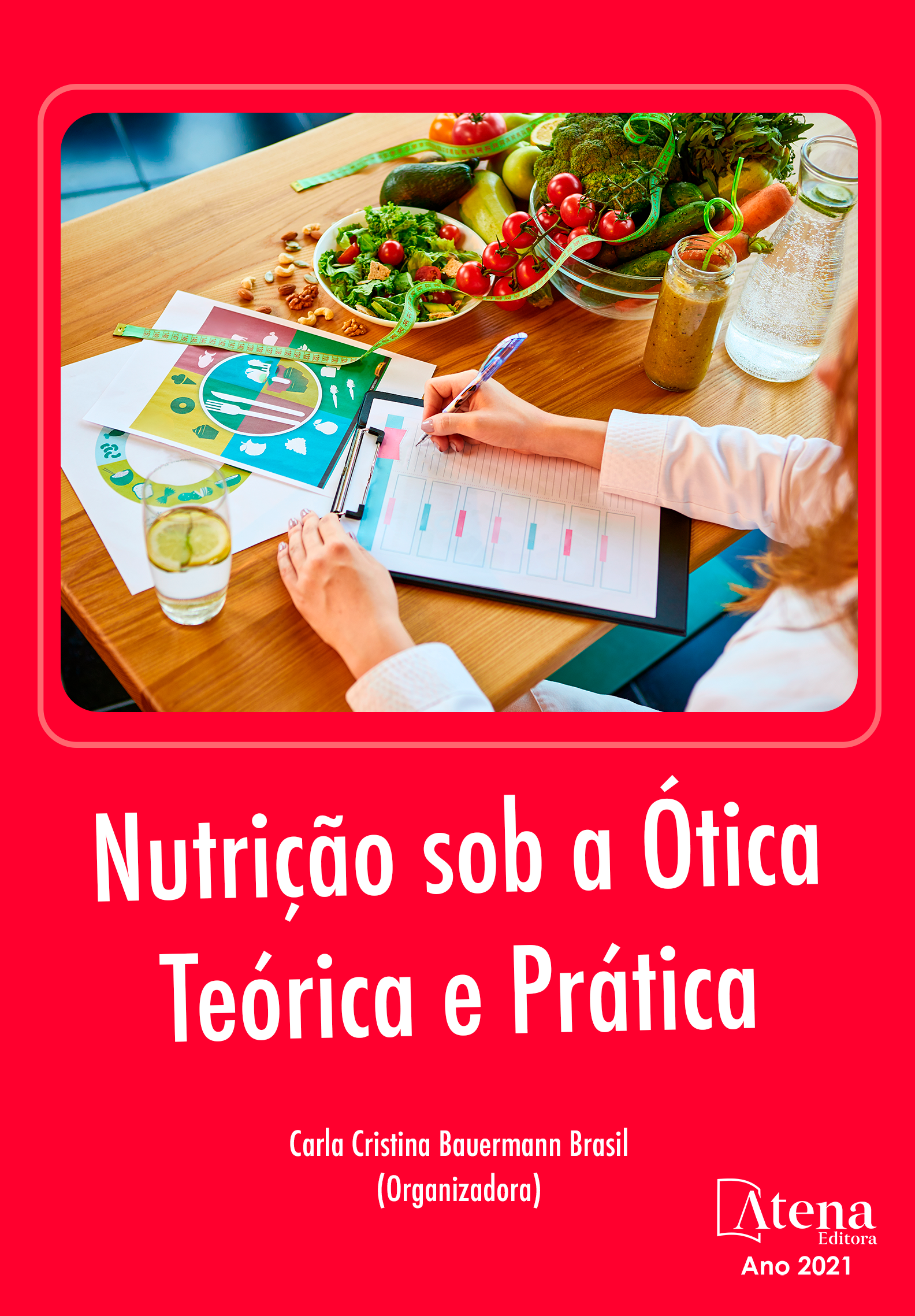
PERCEPÇÃO EMOCIONAL DOS ALIMENTOS POR ESTUDANTES DE NUTRIÇÃO E GASTRONOMIA
O presente estudo visou avaliar a percepção emocional de estímulos visuais de conteúdo alimentar assim como a susceptibilidade a distúrbios alimentares em estudantes de Gastronomia, Nutrição e outros cursos variados. O estudo contou com a participação de 60 estudantes, sendo vinte indivíduos de cada grupo. Para avaliar a percepção emocional foram apresentados 70 estímulos visuais de diversos contextos selecionados do International Affective Picture System (IAPS), dentre eles 20 estímulos de conteúdo alimentar. A apreciação dos estímulos foi realizada através da escala Self Assessment Manikin, na qual avaliou-se a dimensão afetiva valência, alerta e dominância. Para avaliar o comportamento alimentar foram utilizados o Eating Attitudes Test (EAT-26) e o The Three Factor Eating Questionnaire (TFEQ-R21) e para avaliar a presença ou ausência de alexitimia foi utilizado o instrumento Toronto Alexithymia Scale (TAS-26). Para o grupo de estudantes de Gastronomia, as figuras de conteúdo alimentar foram consideradas tão agradáveis e suscitaram tanto alerta quanto os estímulos considerados agradáveis de alto e baixo alerta. Para os demais grupos as figuras agradáveis de baixo alerta foram consideradas mais agradáveis do que as figuras de conteúdo alimentar e suscitaram menos alerta do que as figuras agradáveis de alto alerta. Não houve diferença quanto à dimensão afetiva de dominância. Em relação à susceptibilidade para o desenvolvimento de distúrbios alimentares, os três grupos de estudantes se comportaram de maneira similar, não apresentando nenhum grau de comportamento alimentar considerado sugestivo de distúrbio. Além disso, ficou evidente a alta incidência de alexitimia presente nos três grupos, cabendo a futuros estudos explorar a possível etiologia do quadro. E assim: a diferenciação na percepção emocional dos alimentos dos estudantes de Gastronomia que apresentaram ter uma relação mais intensa e emocionalmente significativa com seu objeto de trabalho em comparação à estudantes de Nutrição, que também trabalham com o mesmo conteúdo e outros cursos.
PERCEPÇÃO EMOCIONAL DOS ALIMENTOS POR ESTUDANTES DE NUTRIÇÃO E GASTRONOMIA
-
DOI: 10.22533/at.ed.9252112022
-
Palavras-chave: percepção emocional; alimentos; comportamento alimentar; estudantes universitários
-
Keywords: emotional perception; food; eating behavior; undergraduate students.
-
Abstract:
This study aimed to evaluate the emotional perception of visual stimuli of food content as well as susceptibility to eating disorders in students of Gastronomy, Nutrition, and other courses. The study had the participation of 60 students, twenty individuals from each group. To assess the emotional perception were presented 70 visual stimuli of different contexts selected from the International Affective Picture System (IAPS), including 20 stimuli of food content. The appreciation of the stimuli was performed through the Self Assessment Manikin scale, which evaluated the affective dimension valence, arousal, and dominance. To evaluate eating behavior it was used the Eating Attitudes Test (EAT-26) and The Three-Factor Eating Questionnaire (TFEQ-R21) and for evaluating the presence or absence of alexithymia it was used the Toronto Alexithymia Scale (SAT-26). For the Gastronomy students group, the figures of food contents were considered so pleasant and raised as arousal as the high and low-arousal pleasant stimuli. For the other groups, the low-arousal pleasant figures were considered more pleasant than the figures for food content and raised less arousal than high arousal pleasant pictures. There was no difference in the affective dimension of dominance. In terms of susceptibility to eating disorders development, the three student groups behaved similarly, showing no degree of eating behavior considered suggestive of the disorder. Moreover, it was evident the high incidence of alexithymia in the three groups. In summary, we observed the difference in the emotional perception of food in Gastronomy students who showed a more intense and emotionally significant relationship with their work object compared to students of Nutrition, which also work with the same content.
-
Número de páginas: 21
- Júlia Lima Maia


